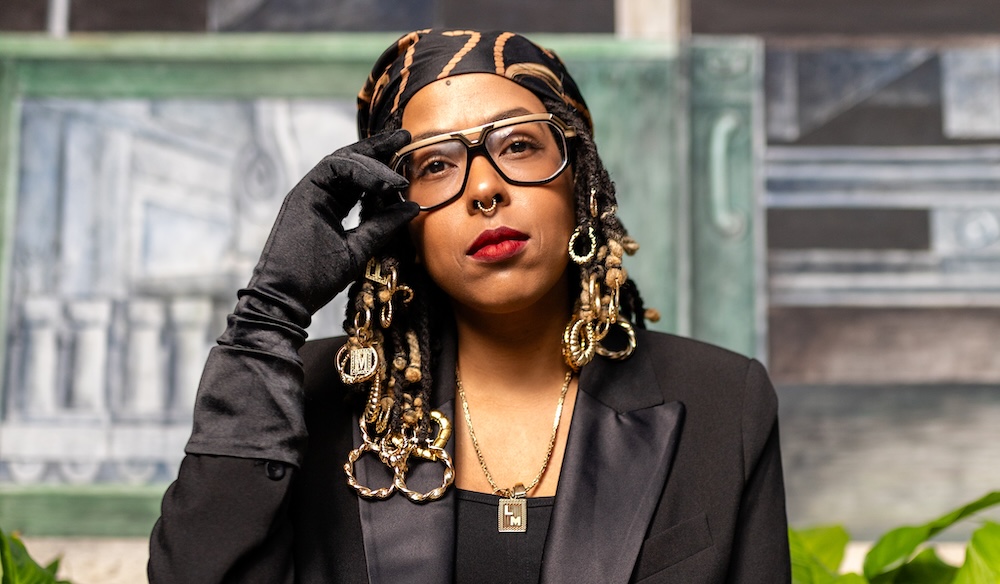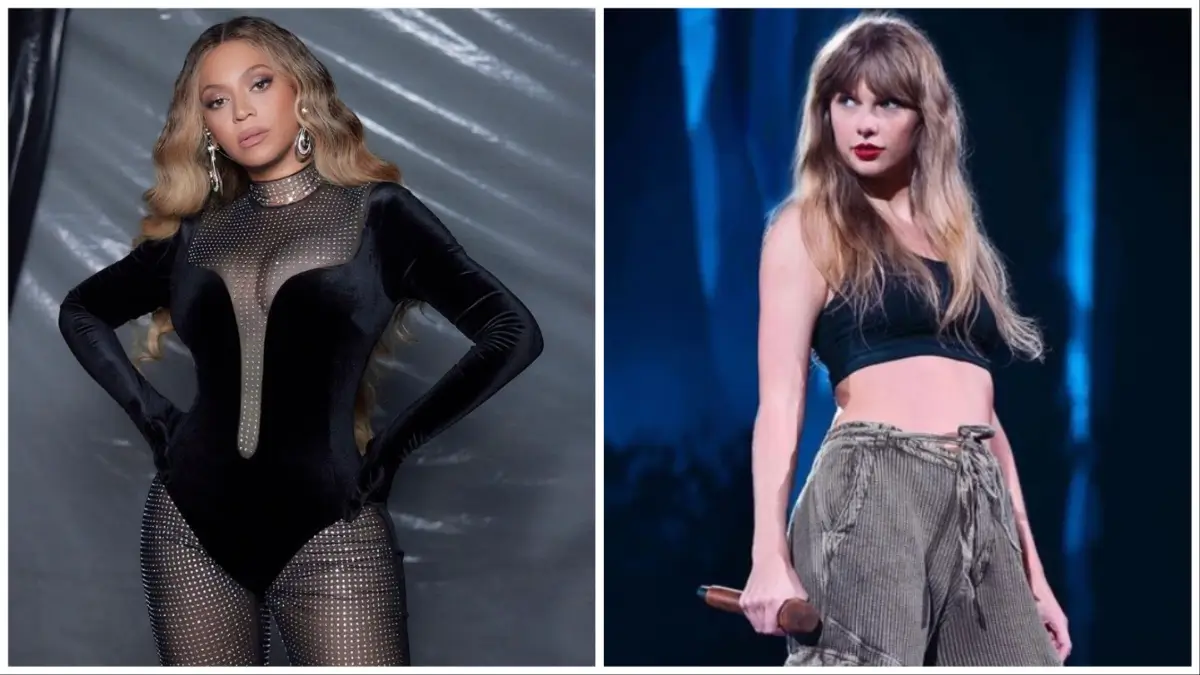They say, “It takes a village to raise a child.” For Detroit-based artist Tiff Massey, whose large-scale sculptures are currently on display at the Detroit Institute of Arts, it takes the community to sustain an artist.
“Based on where my studio is located, I have a few businesses that have been taking care of me and holding me down throughout the creative process because they knew what I was working on,” shares Massey. “James Oliver Coffee Co., Nemo’s Bar, Ottava Via, Mudgie’s Deli and Spot Lite have been a collective family to me. Basically, I needed a village, and the village showed up, showed out and made sure that I was good and that I put my best foot forward.”
Massey is the youngest artist ever to have a solo show at the institution. “It is not every day that a museum of this caliber gives an opportunity for its residents or people who are from the city they are operating in. That is why the exhibition is called 7 Mile +Livernois. It is a call to Blackness…our Detroit nativeness and essence. And yes, it’s about local nurturing, adornment and how we like to stunt, but I feel like these notions aren’t based just here in the city. It’s all in these other cultural hubs, where you see this level of flyness, where we [as Black people] will take these things that are overlooked, and we will make that look fly AF.”
Here, Massey discusses the intricacies of creating her large-scale pieces and how the creativity of artists of every race, creed and orientation is being threatened.
EBONY: How did growing up in Detroit influence your desire to become an artist?
Tiff Massey: It’s interesting because being an artist is not what I thought I was going to be doing professionally. I loved animals so I was going to be a veterinarian, but I’ve been influenced by where I grew up and all the imagery, people, and styles. That’s where I draw quite a bit of my inspiration. Outside of that, Africa and the diaspora and how the diaspora adorns itself all over the world.


Did you learn about African adornment in the Detroit school system?
As Black Americans, if we want to seek out our own history, we must do a lot of research ourselves. I was fortunate enough to have undergraduate classes where some of my instructors were adamant about me learning about history. My African American studies professor, Dr. Melvin Peters, talked to me about being an artist.
How do you describe your artistic style?
I would describe my art practice as being heavily influenced by Hip Hop and the diaspora. It’s all about these objects being larger than life and in your face. Having a metalsmith practice, I didn’t want to necessarily focus on the individualized experience of one person being adorned. I wanted to adorn more than one person at a time. You can only do that when you increase the scope. So now I make larger jewelry sculptures that people can walk through.


Your work is massive. What are some of the challenges that go into making your pieces?
I think all of them had their own personal challenges. The piece that I’m most proud of is the piece entitled Whatupdoe; that’s how Detroit says “hello.” You are met with that piece at the entrance of the exhibition, a 15,000 lb. necklace based on a wearable necklace that I made. It was challenging to get the engineering right to ensure this thing could exist in space and that we weren’t going to break the floor.


Of the pieces that we see in the exhibition, which one has been the most emotional for guests?
The most emotional piece I have is Baby Bling. People call them many things: hair ties, bobos, Goody barrettes or any type of barrettes you have off your two-stranded twists or braids. I’ve seen people break down and cry who’ve had that experience or who’ve seen the labor of love that an elder bestowed on a child to beautify or adorn them.
It is Pride Month. How does your sexuality play into your art?
I wouldn’t say that I mostly focus on identity, outside of giving Blackness and the culture that we possess the highest platform that I can have. And then I need you to have some respect for my city. So, it’s about all these things. I don’t think I’m necessarily making artwork to talk about sexual identity in any aspect, but I will represent the clique I claim.
In a time where the LGBTQ community and its creativity are being threatened, how can the rest of society support queer artists?
It’s not just the LGBTQ community; art, in general, is really being attacked. There are a lot of artists who are being silenced right now just based on their perspectives and the movement. Artists whose work is about politics are being silenced. They’re being crucified to never make artwork again. But it’s our job as artists to teach you how to see.
How do you want people to feel after they see your exhibition?
It’s not about me; it’s a love letter to my city. I’m the youngest artist to ever exhibit at the museum, and I’m probably the only one who looks like me from 7 Mile & Livernois. I’m not too interested in embedding what I feel people should feel, but I hope they see that I worked my ass off for sure. And I wasn’t playing.
Tiff Massey: 7 Mile + Livernois is on exhibition at the Detroit Institute of Arts through May 2025.





